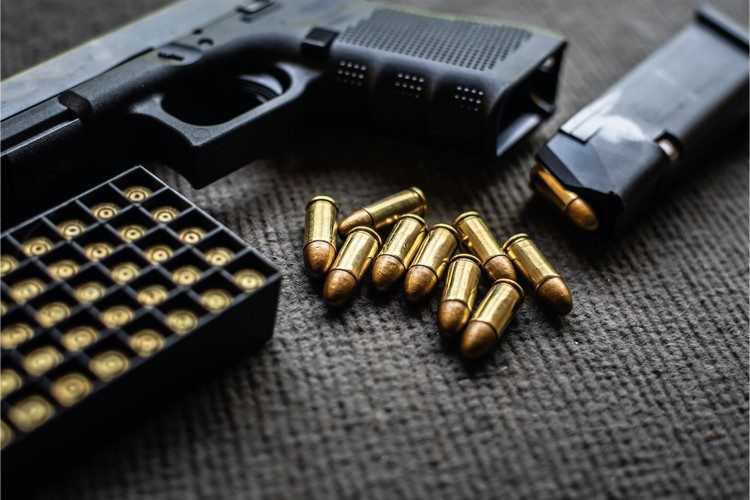
The lawsuit filed by the State of California and the Giffords Law Center last fall to force the Bureau of Alcohol, Tobacco, Firearms and Explosives (ATF) to ban “ghost guns” is so filled with misstatements, half-truths, and just plain outright lies that Dean Weingarten decided to expose them.
Weingarten, a former peace officer, military officer, and certified firearms safety instructor since 1973, found so many errors of fact and false assumptions made by the plaintiffs that it’s taken him three separate analyses to cover them all.
In its 59-page brief demanding that the court require the ATF to rewrite its rules, the plaintiffs contend that the Gun Control Act of 1968 has “protected an incalculable number of Americans from harm.”
But, says Weingarten, there is no proof that any of the infringements set in place by the GCA had any measurable, provable impact on the rate of violent crime. When the Gun Control Act of 1968 was passed, along with the Clinton Crime Bill of 1994, violent crime increased. It didn’t start decreasing until states began to allow their citizens to carry concealed.
Plaintiffs also complain that “ghost guns” can’t be traced. But Weingarten points out that the vast majority — approximately three-quarters of the estimated 500 million firearms owned by Americans — aren’t registered and therefore are untraceable.
And those that can be traced, adds Weingarten, can only be tracked to the original purchaser. Guns that are stolen or passed on to other owners over the years through sale or inheritance, cannot be traced. That’s why law enforcement spends precious little time trying to trace a firearm involved in a crime once they have discovered the original purchaser has died, or sold a firearm, or otherwise disposed of his firearm. It has become untraceable.
But plaintiffs continue anyway, declaring that “the resulting DIY weapons are ‘ghosts’ because … they are not traceable by law enforcement when they are used in a crime, and they are not regulated by the federal government in any way.” Anyone with a 3D printer and some software available on the Internet, plus parts available online, can manufacture a “ghost gun”:
Anyone can buy them, no one can trace them, and the federal government has done nothing to regulate [them] or limit their spread.
The canard from the plaintiffs continues:
As a result, ghost guns are quickly becoming the weapon of choice for illegal gun traffickers and those — like organized criminal gangs and mass murderers — who seek to bear arms not for lawful means, but rather to engage in criminal activity and acts of violence.
Again, notes Weingarten, there is no such proof offered in the complaint or in its footnotes that the claims are true because there isn’t any to be found.
The plaintiffs then attack legitimate gun store owners for their part in promoting “ghost guns”:
Most sellers have done little to dissuade prohibited people from buying ghost guns and have even actively encouraged such sales, leaving their customers and the public … to bear the consequences.
This is certifiably absurd: The few who go to the trouble to make their own “ghost guns” don’t buy them from gun dealers. Nor are gun sellers likely to encourage a customer to make their own rather than buy one from him!
Undeterred by lack of evidence, facts, or proof, the plaintiffs continue:
Ghost gun sales are also surging during the COVID-19 pandemic, which is raising serious concerns that people who are prohibited from possessing firearms based on their criminal or mental health history may be obtaining ghost guns while stay at home orders are in place….
Plaintiffs bring this action to finally put a stop to the spread of ghost guns.
Weingarten hits back by rejoicing in the freedoms that remain in our country:
Making your own firearm … shows some Constitutional restraints on government power are still effective.
He also questions the intentions of the plaintiffs:
People have been making guns at home for hundreds of years … there are likely a few hundred thousand homemade guns in the United States … a drop in the bucket [compared] to the hundreds of millions that are factory made. A few hundred made by 3D printing is even less significant.
The plaintiffs’ case has all but disappeared in light of a ruling by the Supreme Court on Monday. The high court rejected an attempt by the attorney general of New Jersey, Gurbir Grewal, to overturn the unanimous decision of a lower court that ruled that his efforts to ban the distribution of instructions over the Internet on how to build ghost guns at home were unconstitutional.




